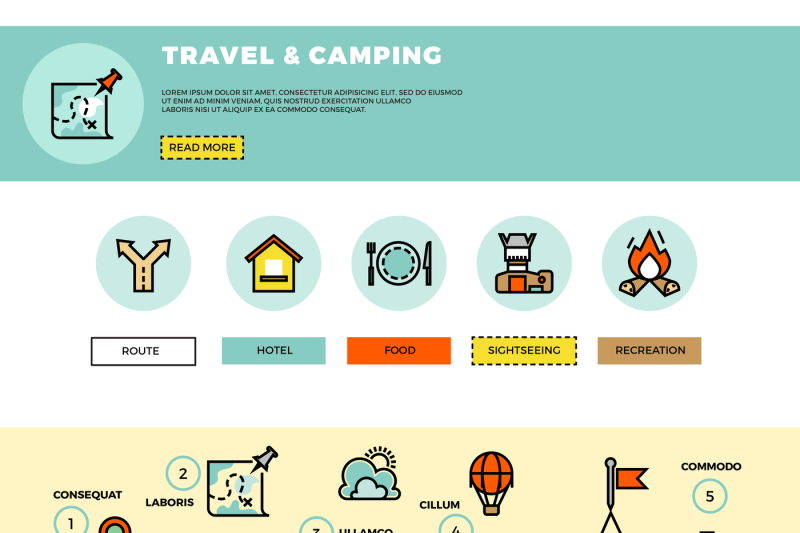Whether you're a newbie camper or a seasoned veteran, grasping the art of camping tent throwing is crucial to a delightful camping experience. Avoid these common mistakes when deploying your rainfly, and you'll be well on your way to a serene night under the stars.
Practice makes best: Set up your camping tent in the house, including the rainfly, to acquaint yourself with exactly how it affixes and where the clips or buckles go.
2. Not Releasing the Rainfly Correctly
The pitter-patter of rain on an outdoor tents roofing system can be a positive, natural noise. Yet when it infiltrates your shelter and begins trickling inside, the experience can be anything however positive. That's why it's important to pitch the rain fly appropriately, making sure it is taut and all of the individual lines are properly positioned. On top of that, make sure all zippers and clips are protected, which the edge webbing tensioners are cinched down so they do not restrict the opening of the Peak personalized bag vents. And if you expect gusty conditions, add some extra guylines to maintain the fly. A bowline knot tied to a guyout loop makes a simple and safe and secure means to do this.
You ought to likewise bring added guyline cable and guyline tensioners (small plastic parts that tighten the lines). This is particularly vital if you are camping in mountainous regions where the weather condition can alter promptly.
3. Not Betting Your Tent Safely
Even a well-seasoned camper can fall under this catch. Usually, it's because of easy fumbling or misreading directions. Occasionally it's the outcome of rushing or skipping steps. Other times it is because of a lack of interest or emphasis. Whatever the reason, an inadequately pitched outdoor tents can turn camping into a stressful battle before even the s'mores are out.
Most likely the most typical error is stopping working to appropriately bet the outdoor tents. This leaves the sanctuary at risk to also modest winds. To prevent this, constantly drive risks at a 45-degree angle. And make certain to make use of individual lines, which aid maintain the rainfall fly educated and protect against waving or drooping. The majority of outdoors tents have Velcro covers at each edge that can be tightened up to maintain the fly and give added stress to the individual line.
